We may not have the course you’re looking for. If you enquire or give us a call on +46 850282424 and speak to our training experts, we may still be able to help with your training requirements.
Training Outcomes Within Your Budget!
We ensure quality, budget-alignment, and timely delivery by our expert instructors.
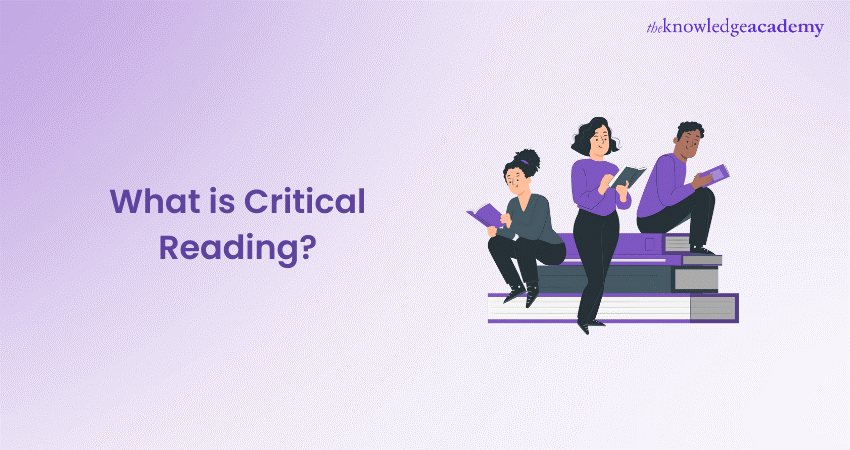
In today’s world, where information is abundant, and opinions are everywhere, distinguishing truth from noise is crucial. The key to this is Critical Reading—a skill that goes beyond just skimming through text. It’s about questioning every claim and understanding the deeper message behind the words.
Whether you’re tackling complex academic papers or everyday news, mastering Critical Reading helps you think independently and stay sharp. This blog explores the secrets of effective Critical Reading, highlighting its benefits and offering essential tips. Dive in and transform how you engage with the written word.
Table of Contents
1) What is Critical Reading?
2) The Importance of Critical Analysis
3) Key Steps in Critical Reading
4) Tips to Develop Critical Reading Skills
5) Advantages of Critical Reading
6) Critical Reading Tools
7) Conclusion
What is Critical Reading?
Critical Reading, also known as critical analysis, is the careful reading of a text by asking yourself functional questions to understand and assess the text's merits comprehensively. Analysing texts and finding answers to these questions enables you to gain clarity of what you're reading.
The ability to read critically is a skill that most people develop throughout their lives by examining pieces of text to determine the key ideas they represent. The main purpose of Critical Reading is to focus on these three elements:
1) What the author says
2) What the text describes
3) How the reader would interpret the text
The Importance of Critical Analysis
The ability to read critically is helpful in a diverse range of jobs and can even significantly improve how one processes information outside of work. As you hone this skill, it's easier to determine what the author is expressing in their research or literary work and understand their viewpoint.
Additionally, it enables you to harness your own outlook to come up with accurate and logical arguments for and against the author's viewpoint. We will explore the specific benefits of Critical Reading later in this blog
Key Steps in Critical Reading
Now that you better understand the importance of Critical Reading, it's time to explore the "how." Critical Reading is an active process that necessitates a fair amount of effort but also needs a good structure for the best results. Here are the essential steps to consider:
1) Determine the Text's Recipient: One of the first steps in critical analysis is determining the target recipient. Some authors address their works to the public, such as when writing a novel. Other times, they may write for a highly specific audience, for example, when creating manuals or industry reports. By looking into the author's intention and potential audience, you can better understand the purpose of the text you are evaluating.
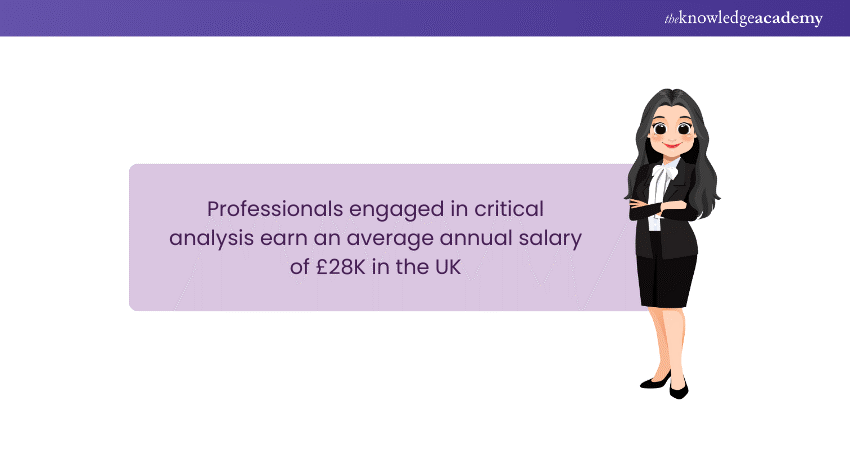
2) Read Normally: On the first read, go through a couple of paragraphs to get a general feel for the topic and core idea. This will prepare you for the next step.
3) Read Again With Deeper Focus: Carefully read each sentence, with the goal of understanding the main concepts and attention to details. Don't hesitate to repeat this step until you feel ready to move forward.
4) Take Notes: Note down the important aspects of the text and any specific detail that stand out. Write down any questions you feel you might answer later.
5) Understand Every Word for Context: Look up unfamiliar words and research any technical concepts or historical events mentioned in the text to understand the context better.
6) Analyse the Purpose of the Words: Pay attention to the kind of words being used. Put yourself in the author's shoes and imagine why those particular words are being used to express these ideas. Is the author trying to persuade you to believe in a concept or philosophy, or are they just trying to entertain you?
7) Practice Metacognition: Challenge the author's ideas and concepts and decide why you agree or disagree with the author's point. Try to imagine a better way for the writer to present those ideas. This can include pointing out inconsistencies or providing additional materials supporting the author's claims.
8) Come to Your Conclusions: Once you are comfortable with the mental process by which you filtered all the information, decide:
a) Whether that particular text was to your liking
b) Whether you enjoyed reading and analysing it
c) What you learned
d) How much do you agree with the writer's ideas and how they expressed them?
Acquaint yourself with comprehension, techniques, and problems of reading in our Speed Reading Course - Sign up now!
Tips to Develop Critical Reading Skills
Once you are acquainted with the crucial steps to perform a Critical Reading, you may need some tips to develop Critical Reading skills. These tips will ensure you don’t feel overwhelmed by complex arguments and engage with the content thoughtfully
Define a Purpose for Reading
Before reading a text, establish your purpose. Whether your objective is to gain a general understanding, extract specific information, or critically analyse the content, clarifying the objective sets the stage for effective Critical Reading.
Preview the Material
Start by previewing the text to get a firm handle on its structure, headings, and key points. This initial scan builds a roadmap, providing insights into the author’s organisation and core ideas. Also, pay special attention to introductory and concluding paragraphs for any overarching themes.
Ask Questions and Predict
Based on your preview, formulate questions about the text. These questions could include:
a) What is the author’s main argument?
b) Are there biases or assumptions?
Engaging in predictive thinking is important as it helps anticipate the author’s next moves.
Read Actively and Annotate
Make annotations as you progress through the text. Highlight critical phrases, note down questions, and record your reactions. Annotation transforms the reading process into a dynamic dialogue which facilitates later review.
Identify the Main Idea
Find out the central theme of the text. Recognising the author's primary message provides a focal point for understanding supporting details and assessing the author’s argument.
Assess Source Credibility
You can assess the source's reliability by considering the publication’s reputation, the author’s qualifications, and potential biases. Critical Reading involves discerning what is said, who is saying it, and why. This step ensures you are dealing with trustworthy information.
Make Connections
Connect the text to your existing experiences and knowledge. Try to draw parallels to personal experiences and recognise discipline patterns. Making connections contributes to a holistic understanding of the text.
Reflect and Summarise
Pause periodically to reflect on the material. You can summarise key points and assess the text's overall impact. Reflection reinforces your understanding and allows for deeper engagement with the content.
Engage in Criticism
Critical analysis evaluates the material's strengths, weaknesses, and broader implications. It asks questions about the author’s assumptions, considers alternative viewpoints, and evaluates the soundness of the arguments presented.
Synthesise Information
Synthesise the information derived from the text with your existing knowledge. This step involves:
a) Integrating fresh insights into your mental framework
b) Developing a cohesive understanding of the subject matter
This is the culmination of Critical Reading, turning information into knowledge.
Advantages of Critical Reading
Critical Reading plays a key role in reader development and boasts many benefits. Although reading simply for pleasure is rewarding, Critical Reading takes things to new heights. Let's explore the main advantages of practising critical analysis:
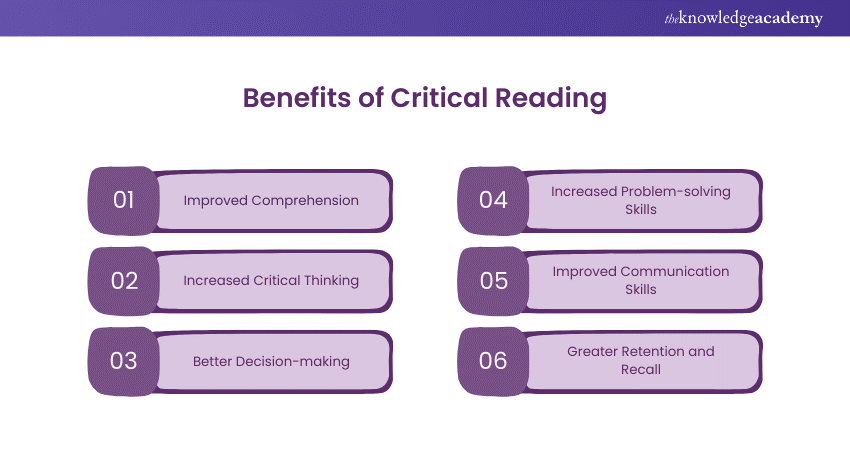
1) Better Communication: Depending on your profession and role, written communication may be necessary for your team's success. Critical Reading can help you understand colleagues' suggestions and evaluate their ideas' potential. This can substantially improve your collaborative work, especially with a remote team that rarely conducts in-person meetings.
2) Better Logical and Problem-solving Skills: Critical Reading encourages you to actively reflect on a text's meaning and evaluate it in the context of your profession. You can improve your problem-solving and logical thinking skills by gaining a deeper understanding of the problem and its surroundings. Consequently, you may require less time to find innovative solutions to any workplace challenges.
3) Better Memory: Putting extensive thought into a text helps you memorise more details from what you have read. This is possible because assessing written information using specific criteria creates unique connections in your memory. Additionally, it can make it easier to instantly recall facts and even statistics, which can be handy in case you are preparing for a professional assessment or public speech.
4) Overall Mental Development: Critical Reading involves regular use of judgment and logic to make accurate and realistic conclusions. This can directly impact the development of your other skills, such as critical thinking, which is an extension of critical analysis. The combination of these abilities can serve as an effective foundation to facilitate any learning efforts and improve your overall mental development.
Master your skills for data synthesis and impactful storytelling in our comprehensive Report Writing Course – Register now!
Critical Reading Tools
Critical Reading is quite complex and can be time-consuming. But with the right strategies and tools, it can become much easier over time. Reading tracking apps such as Goodreads and Bookly can make the Critical Reading process more effective and less intimidating. These apps help readers keep track of their reading habits.
Additionally, in the context of a classroom where Critical Reading is of utmost importance, there are several tools available to ease the process:
1) Pre-reading Tools: Students must activate their prior knowledge before diving into a text and set a purpose for reading. Teachers can use platforms such as Padlet or Jamboard to create digital boards where students can post questions related to the topic.
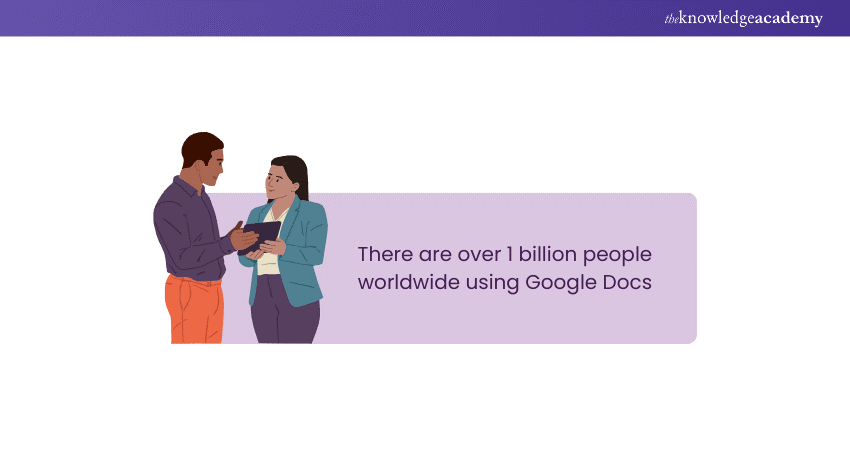
2) During-reading Tools: Teachers can use tools such as Google Docs or Kami to create editable text versions, allowing students to highlight, comment, or insert notes.
3) Post-reading Tools: After reading a text, students need to summarise, synthesise, and evaluate what they have learned. Teachers can utilise tools such as Book Creator or Adobe Spark to create multimedia presentations or digital books that showcase the students' understanding and analysis of the text.
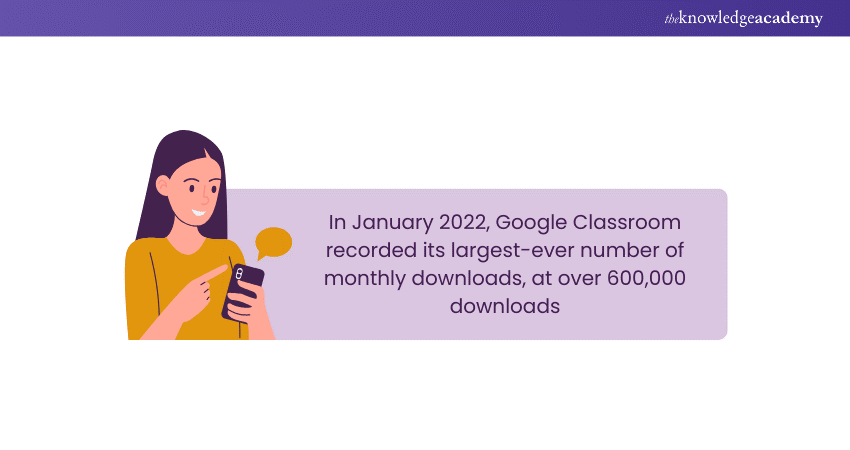
4) Collaborative Reading Tools: Critical Reading is not necessarily an individual skill; it can also be social. Tools such as Google Classroom or Seesaw can help teachers create online spaces where students can post their work, comment on other's posts, and offer and receive feedback.
Conclusion
In conclusion, Critical Reading is an empowering skill that increases one's ability to engage with texts on a deeper level. By questioning, analysing, and synthesising information, you can not only improve comprehension but also become a more informed thinker, capable of navigating the intricacies of the written word with confidence and deeper insight.
Are you facing creative writing challenges? Handle these challenges with ease in our Creative Writing Course - Sign up now!
Frequently Asked Questions

The primary purpose of Critical Reading is to engage deeply with a text in order to understand its meaning, assess its arguments, and evaluate its validity.

The three C’s of critical thinking are curiosity, creativity and criticism.

The Knowledge Academy takes global learning to new heights, offering over 30,000 online courses across 490+ locations in 220 countries. This expansive reach ensures accessibility and convenience for learners worldwide.
Alongside our diverse Online Course Catalogue, encompassing 19 major categories, we go the extra mile by providing a plethora of free educational Online Resources like News updates, Blogs, videos, webinars, and interview questions. Tailoring learning experiences further, professionals can maximise value with customisable Course Bundles of TKA.

The Knowledge Academy’s Knowledge Pass, a prepaid voucher, adds another layer of flexibility, allowing course bookings over a 12-month period. Join us on a journey where education knows no bounds.

The Knowledge Academy offers various Personal Development Courses, including the Creative Writing Course and the Speed Writing Course. These courses cater to different skill levels, providing comprehensive insights into 8 Powerful Tips and Techniques for Persuasive Writing.
Our Business Skills Blogs cover a range of topics related to critical analysis, offering valuable resources, best practices, and industry insights. Whether you are a beginner or looking to advance your Critical Reading skills, The Knowledge Academy's diverse courses and informative blogs have got you covered.
Upcoming Business Skills Resources Batches & Dates
Date
 Speed Reading Course
Speed Reading Course
Fri 7th Mar 2025
Fri 2nd May 2025
Fri 4th Jul 2025
Fri 5th Sep 2025
Fri 7th Nov 2025







 Top Rated Course
Top Rated Course



 If you wish to make any changes to your course, please
If you wish to make any changes to your course, please


